Mobile Marketing: Your Simple Starter’s Guide

According to mobile marketing data, there are currently more global mobile users than desktop users. 95% of Americans have a cellphone, with 77% explicitly owning a smartphone. Furthermore, 69% of global shoppers between the ages of 18 and 39 use mobile devices to study items before purchasing. Tablets are used by 44% of the population.
In other words, if you want to be relevant in the coming years, you must understand and make use of existing mobile marketing examples. Part of this is optimising your website and online footprints to acquire and convert as many leads as possible.
And, because individuals behave differently on mobile than they do on desktop, your lead generation approach will need to be tweaked. You must ensure that your mobile users have all of the information they require to communicate with you.

According to marketing guru Neil Patel, “Mobile isn't simply the future; it has completely transformed business. Mobile devices are an important communication tool for the majority of Americans and an increasing number of people globally.” The mobile revolution has radically transformed the face of business. Today, everything revolves around smartphones and the mobility they provide us as customers.
What Is Mobile Marketing
To begin, a simple definition: mobile marketing is the practice of promoting your business to mobile device consumers. When done correctly, mobile marketing gives customised, time- and location-sensitive information to consumers or potential customers via smartphones, allowing them to obtain what they need exactly when they need it, even if they're on the go.
I'd tell you that mobile is the future of marketing, but the mobile age has already begun. You're already falling behind if you don't have a mobile marketing plan in place!
As the graph below shows, more consumers are spending more time engaging with mobile devices than ever before. We may anticipate that this tendency will continue in the future.
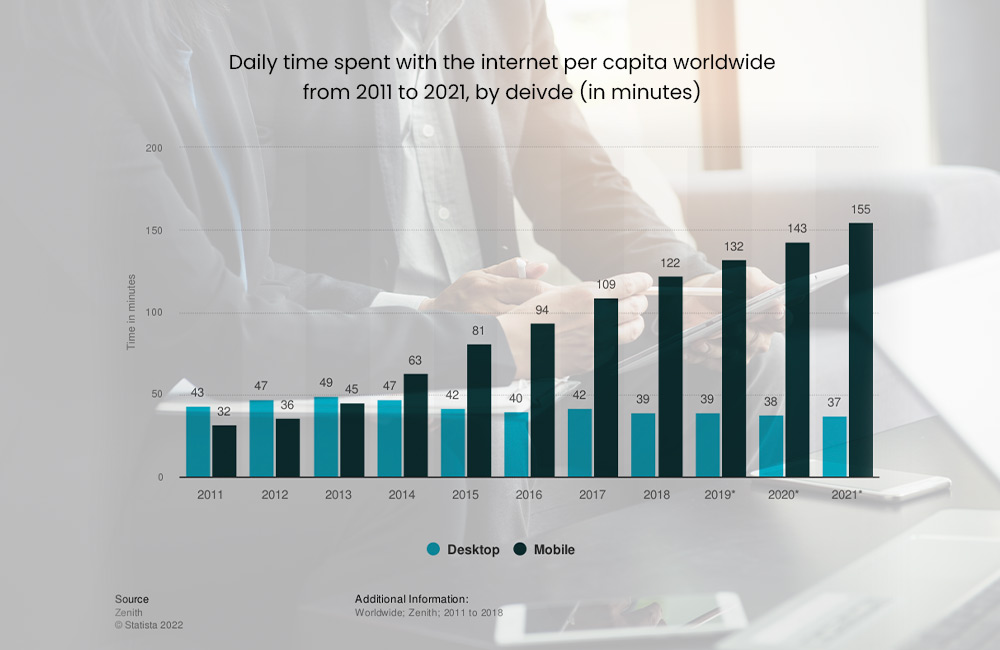
How It Works
Ads that show on mobile cell phones, tablets, or other mobile devices are referred to as mobile marketing. As numerous social media networks, websites, and mobile applications provide their own unique and personalised mobile ad alternatives, mobile marketing ad formats, customisation, and designs might differ.
Why You Need Mobile Marketing Strategies
Your company need a mobile marketing plan for the same reason that it requires a computer and internet connectivity — this is the age we live in! Any large metropolis will have more than a few people with their faces riveted to their smartphone screens. According to recent studies, 40% of internet time is spent on mobile devices, implying that ignoring the development of mobile is no longer an option.
Here are some more intriguing mobile marketing statistics:
• Applications use 80% of mobile device time, with gaming apps accounting for the majority of app consumption.
• Tablets are used to browse the web 70% more than smartphones.
• Retail conversion rates on tablets are 2.2%, far higher than 0.7% on smartphones, while conventional PC conversion rates remain the highest at 3.3%.
• In 2012, mobile searches climbed by 200% year on year.
• In 2014, mobile is expected to outnumber desktop.

Mobile is here to stay, and if predictions are true, it will eventually overtake desktop usage. If you don't already have a mobile marketing plan, now is the time to start!
Mobile Marketing Strategy Types
There are several mobile marketing tactics to attempt. The type that works best for your company will be determined by your industry, target audience, and budget.
✦ App-based Marketing
Mobile advertising here uses mobile applications. While applications account for 80% of mobile time spent, you don't have to build your app to participate. Advertisers may use services like Google AdMob to produce mobile advertising that shows within third-party mobile apps.
Advertisers may now develop advertisements that are embedded into Facebook's mobile app. Facebook's mobile Promoted Post advertising blends in so well with Facebook's news feed that consumers frequently don't know they're viewing advertisements.
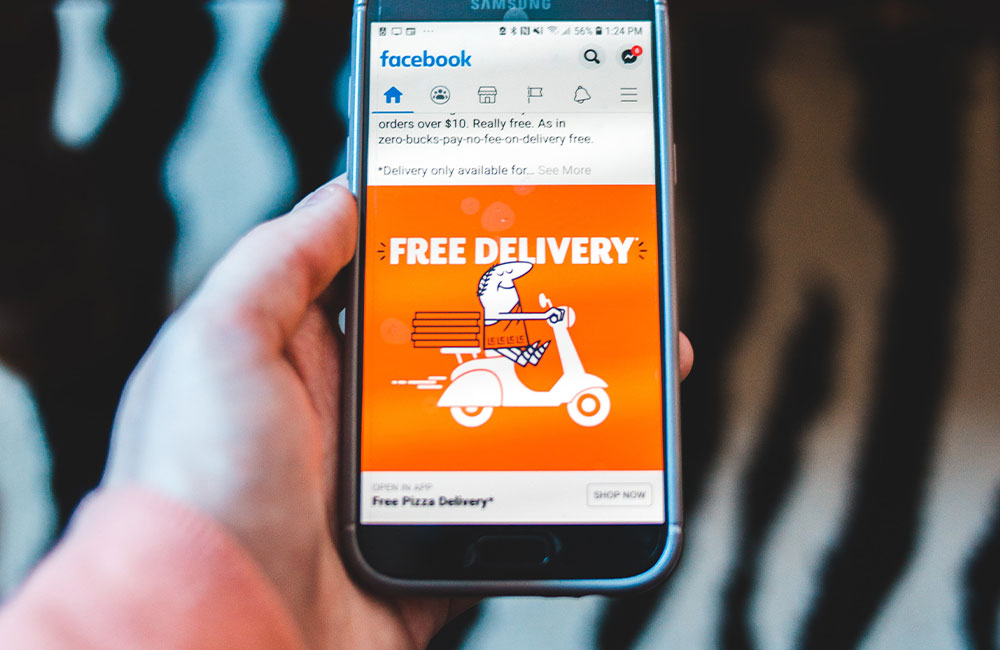
✦ In-game Mobile Marketing
This refers to mobile adverts that display within mobile games, as shown in the example below. In-game advertisements might take the form of banner pop-ups, full-page picture advertising, or video commercials that display between loading screens.
✦ QR Codes
When users scan QR codes, they are sent to the webpage to which the QR code is linked. QR codes are frequently associated with mobile gamification and have an air of mystery about them, as users who scan them don't necessarily know which rabbit hole they're falling into.
✦ Location-based Marketing
These are adverts that show up on mobile devices depending on a user's location in a certain region or company. Some marketers, for example, may want their mobile advertising to display only when consumers are within a 1-mile radius of their company.
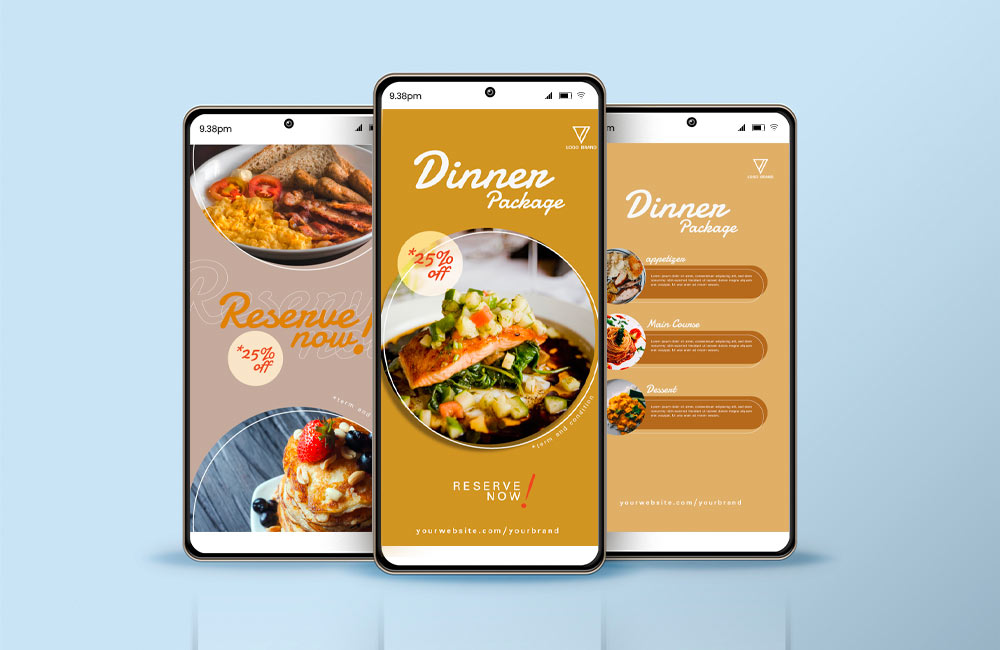
✦ Mobile Search Advertising
These are standard Google search advertisements optimised for mobile, frequently with add-on extensions such as click-to-call or maps.
✦ Mobile Image Advertising
Picture-based advertisements that show on mobile devices.
✦ Mobile App Marketing
Effectively marketing a mobile app entails establishing a target audience, knowing how to reach them, communicating with them, and studying their in-app activity to make continual changes as users progress through the acquisition funnel.
Finally, the objective of a mobile app marketing plan should be to gain users that will not only drive recurrent engagement but will also become committed product champions.
✦ SMS Marketing
Obtaining a user's phone number and sending text offers to them. This is considered slightly out of date.
Enhanced Campaigns
Google launched Enhanced Campaigns for all Google Ads customers on July 12, mixing mobile advertising possibilities with traditional internet Google Ads advertising (formerly known as Google AdWords).
Enhanced Campaigns enable marketers to control Google Ads bids across several platforms in a single campaign, rather than creating separate campaigns for mobile and desktop.
Google marketers may simply utilise their existing Google search advertisements and change their bids for mobile devices. Users can specify a positive bid adjustment, such as +20%, to boost offers for mobile devices, and vice versa — a bid adjustment of -10% decreases bids for mobile devices by 10%.

It's in Google's best interest to make mobile marketing simple for marketers — Google makes a lot of money from mobile advertisements.
Google's Enhanced Campaigns make it simple for marketers to manage bids across devices, regions, and time. Some advertisers may wish to bid higher for users on mobile devices who are within a specific distance of their store, or they may only want to bid on mobile devices during their business's open hours, and Enhanced Campaigns make that possible.
✦ Google Mobile Ad Extensions
Creating mobile search advertising with Google also allows you to use Google's handy mobile ad extensions, which include capabilities such as:
Mobile Site Links
Mobile site links allow mobile visitors to quickly navigate to particular pages on your site. Site links are extremely beneficial in mobile marketing since they are significantly more convenient for mobile device users.
Links don’t just have to be good ol’ URLs to some other part of your site or some other page. It could also include links to your contacts like a phone number or an email, etc. This allows people to contact you easier.
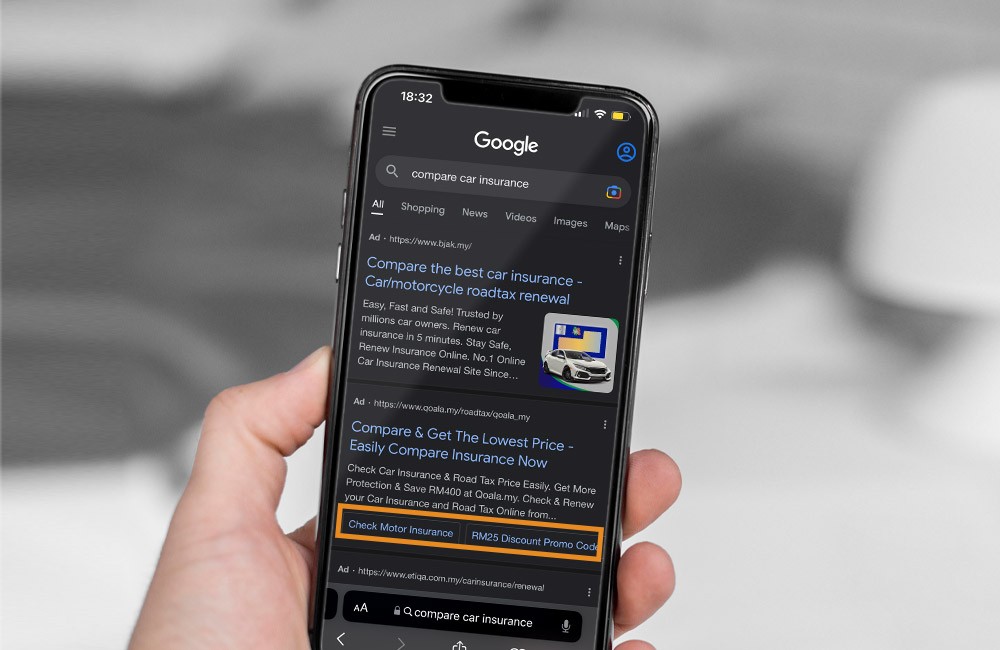
Click-to-Call Mobile Ad Extension: This extension adds a "call" button immediately beneath an ad. When a person clicks the button, a phone number for a company is automatically generated on their mobile device.
While this useful ad extension allows searchers to easily contact your business and leads visitors along the conversion funnel, it's better to have the click-to-call mobile ad extension display only when your business is open and able to answer the phone.
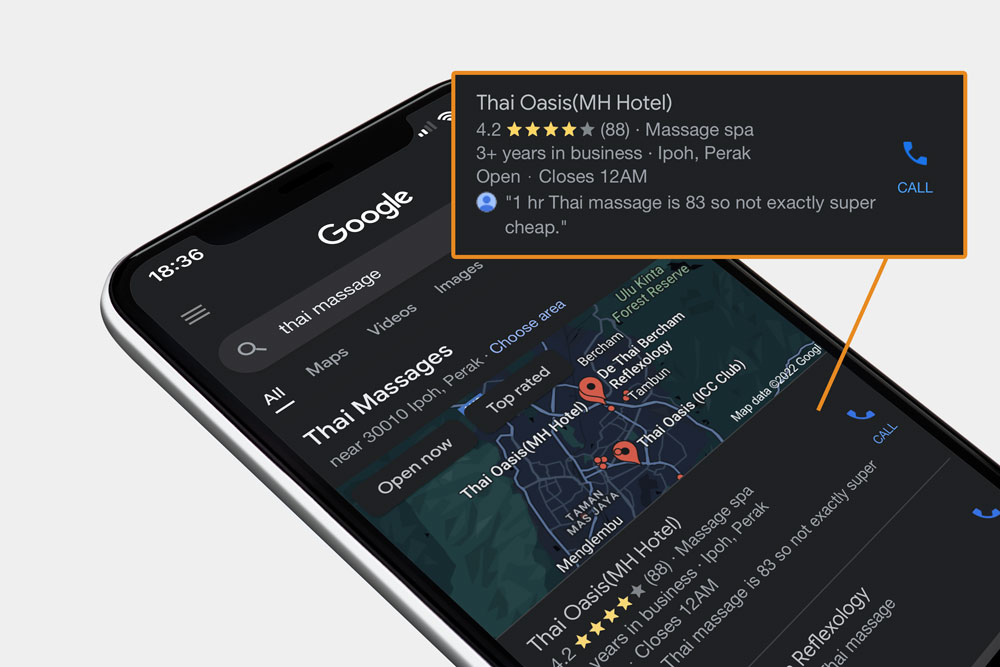
✦ Google Offers for Mobile
Advertisers may post a discount offer or voucher beneath their ad using the Google Offers mobile ad extension. These special incentives might pique the interest of consumers who would otherwise dismiss an advertisement.
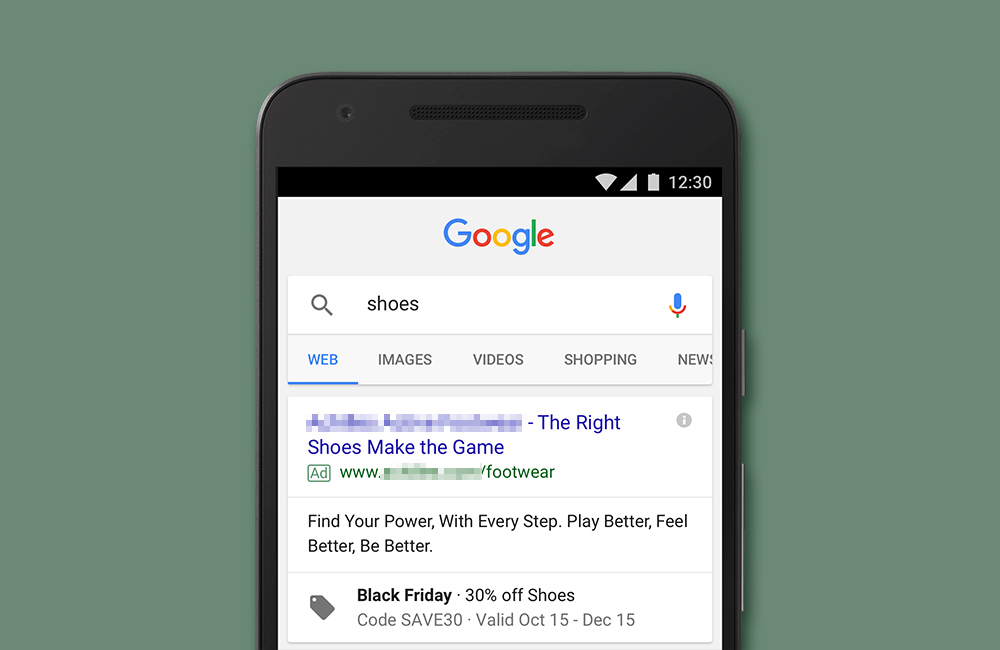
✦ Click-to-Download Ad Extension
Like the click-to-call ad extension, clicking the "download" button directs consumers to the download page of the advertiser's pre-selected app rather than generating a phone number.
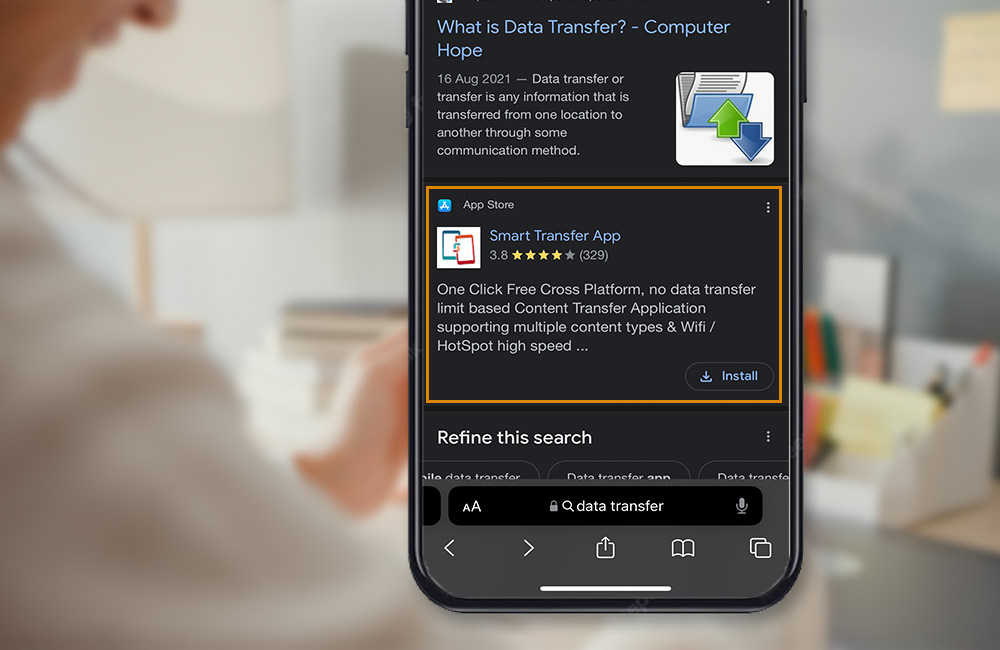
✦ Local Ad Extensions
Given that one in every three mobile searches has a local purpose, local ad extensions are perhaps the most essential extensions for mobile. Given how many mobile searches are queries seeking a local response, local mobile marketing should be an important component of your mobile strategy.
Local mobile marketing extensions are frequently accompanied by a phone number or a link to Google Maps.
Bonus Tips
✦ Be Clear and Brief
Because mobile devices have limited screens, words should be used carefully. Cluttered and dense adverts will just cause consumers to browse past them. It's best to keep things simple when it comes to mobile.
✦ Optimise for Local
Keep in mind that one in every three mobile searches has a local purpose. Mobile devices are frequently used to supplement users' immediate worldly contacts — where is the nearest gas station? Is there a Wi-Fi-enabled coffee shop nearby? Optimise for local mobile marketing to ensure you're answering users' questions.
✦ Consider Your Target Audience
The sort of audience you want to reach should have an impact on the type of mobile advertisements you utilise. Are they video game players? Then try taking advantage of in-game advertisements. Are they youthful and technologically savvy? Mobile Facebook Promoted Posts may pique their interest more.

✦ Experiment with Different Strategies
When it comes to mobile marketing, there is a lot of potential for experimenting. Don't be afraid to experiment with ad extensions in your Google Ads Enhanced Campaigns — for example, try the Google Offers ad extension or the click-to-call extension and see how they perform for you.
✦ Benchmark Your Outcomes
Experimenting is fun, but it's pointless if you're not recording your results to discover what works and what doesn't. To see how your mobile PPC advertising is doing, use the AdWords Grader.
✦ Geofencing
It creates location-based marketing plans for you by utilising radio frequency identification (RFID) or global positioning systems (GPS).
Geofencing allows you to build a barrier around a certain area or radius, such as a city, state, region, nation, or zip code. It will then show adverts to mobile devices that enter that zone.
You may utilise geofencing to quickly target clients on the go in a nearby area. Furthermore, your ad would appear in the applications on their mobile device. It would encourage people to visit your store or take advantage of a unique offer.

Closing Words
Many businesses will continue to battle for the attention of mobile users. Keeping up with the current consumer trends will assist a company in staying ahead of the competition. According to statistics, apps comprise over 90% of consumers' mobile media time. Consider how much time we spend on apps, whether it's for texting, music, movies, browsing, or viewing. As a result, a company would be wise to improve its mobile application advertising.
As a result, it may become one of the organisations that enjoy smooth relationships with its consumers. To take advantage of this mobile marketing area today and in the future, businesses must select the right mobile channel.

